The Purple Leaf Sand Cherry, also known as Purple-Leaf Sand Cherry, is a stunning ornamental shrub or small tree from the Roseaceae family. This hardy, woody plant thrives across zones 2 to 8, making it suitable for a wide range of climates.
When fully mature, this shrub typically reaches 8 feet (2.5 m) in both height and width, making it an ideal choice for adding bold structure and color to your landscape. Its low-maintenance nature and ability to thrive in full sun make it a popular pick for both beginner and experienced gardeners.
With its deep purple foliage and charming seasonal flowers, the Purple Leaf Sand Cherry stands out as an eye-catching centerpiece or accent shrub in any garden.
| Common name | Purple Leaf Sand Cherry, Purple-leaf Sand Cherry |
| Botanical name | Prunus x cistena |
| Family | Roseaceae |
| Life cycle | Woody |
| Plant type | Shrub |
| Hardiness zone | 2, 3, 4, 5, 6, 7, 8 |
| Sunlight | Full Sun |
| Maintenance | High |
| Soil condition | Clay |
| Drainage | Well-Drained |
| Growth rate | Medium |
| Harvest time | Summer |
| Flowering period | Spring |
| Height | 7 ft. – 10 ft. |
| Flower color | Pink |
| Leaf color | Gold, Yellow |
| Fruit color | Black |
| Stem color | Brown, Copper |
| Fruit type | Drupe |
| Flower benefit | Fragrant |
| Garden style | Asian Garden |
| Uses | Lawn |
I. Appearance and Characteristics
Prunus × cistena, the purple leaf sand cherry or dwarf red-leaf plum, is a hybrid species of Prunus, the result of a cross between Prunus cerasifera (cherry plum or myrobalan plum) and Prunus pumila (sand cherry). A deciduous leggy bush or shrubby tree, it typically reaches a height of 1.5–2.5 meters (5–8 ft) and has a useful life of 10–20 years. The fruits are edible, if strong-tasting. Some people make jams or preserves from them. It is not advisable to eat the pits.
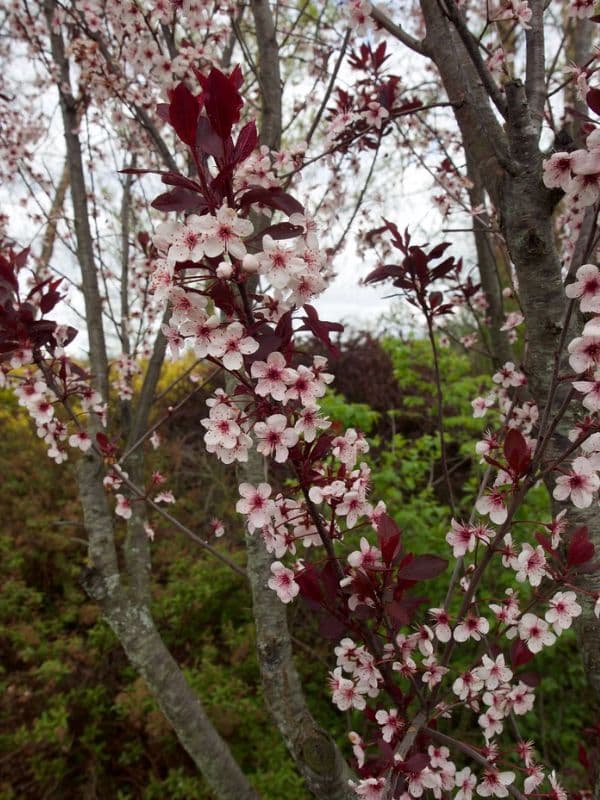
Frost-tolerant, purple leaf sand cherries can be grown up to USDA Hardiness Zone 2a. Commercial specimens are typically grafted to a rootstock from any of a number of other species, which will influence their growth form and final height. There are also a limited selection of cultivars available.
Prunus × cistena was developed by Niels Ebbesen Hansen in 1910. In 1993 it won the Royal Horticultural Society’s Award of Garden Merit.
II. How to Grow and Care
Sunlight
Purple leaf sand cherry should be grown in full to partial sun. If it receives too much shade, the leaves will change to a bronze-green color too early (this normally happens in the fall). Additionally, the more sun the plant receives, the more lush its blooms will be.
Temperature and Humidity
This plant is pretty much all-weather hardy, able to withstand a wide variety of temperatures through both summer and winter, though plants grown in consistently colder weather may be smaller and produce fewer blooms. Additionally, it has no special humidity needs.
Watering
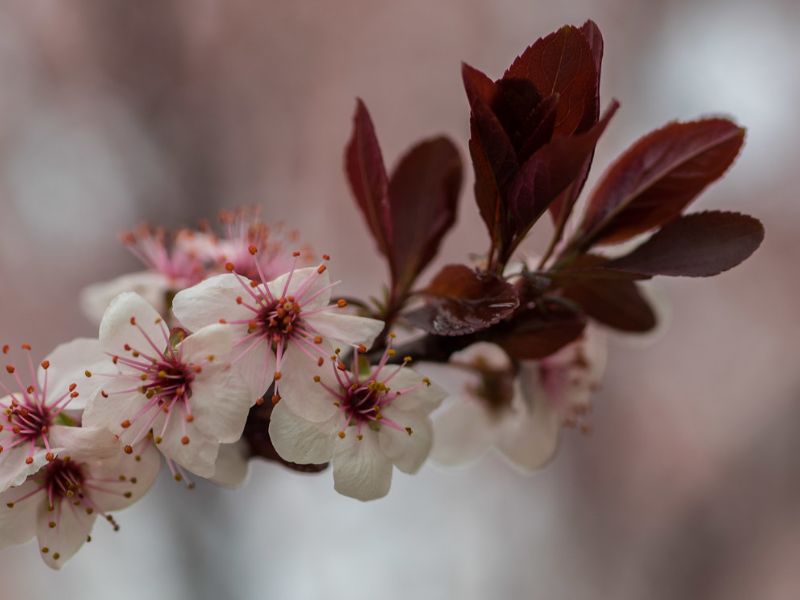
The purple leaf sand cherry needs to be watered regularly and is not drought tolerant. Typically, one watering per week will suffice, but more may be necessary if you’ve recently transplanted, are going through a period of hot, dry weather, or the plant is in its first season of growth.
Soil
Though adaptable to many different mixtures of soil, the purple leaf sand cherry thrives best in moist but well-draining soil. The level of pH isn’t important to the plant, but the drainage is, as its roots develop close to the surface and are susceptible to rot.
Fertilizing
Like any plant, the purple leaf sand cherry can benefit from the added nutrients fertilizer provides, but it isn’t necessary if you have the proper soil conditions.
Pruning
Pruning should be done as needed after spring bloom in order to maintain a tighter oval shape. Begin by trimming the oldest stems first, removing about a third of the existing growth. Always remove branches or twigs that are damaged or dead. If desired, tighter pruning can be done to evoke the feel of an ornamental hedge.
Propagation
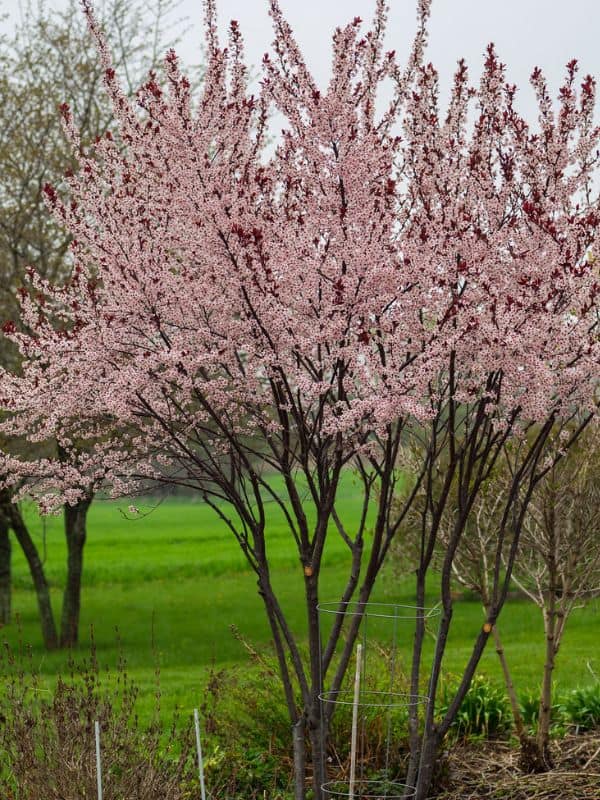
Propagating a hybrid plant like purple leaf sand cherry from seed can be disappointing because it won’t produce a plant identical to the parent. Instead, it is easy to propagate it from suckers growing at its base. Early summer is a good time to do this, when the plant sends up a bunch of suckers, and there is enough time left in the growing season for the new plant to establish roots.
- Dig out a few suckers using a trowel. Select the one with the most roots attached to it.
- Use a pot that is large enough to accommodate the roots of the sucker. Fill it halfway with potting mix, place the sucker in it and fill to the top with potting mix. Gently tamp down the soil around the new plant and water it well.
- Place the pot in a bright location but out of direct sunlight. Keep it evenly moist. Wait for at least one month, or until you see a good amount of new growth, before transplanting it in garden soil.
Potting and Repotting
Because of its shallow, spreading root system in combination with its size, purple leaf cherry is not a good shrub for container growing. It should be planted in the landscape.
Pests and Diseases
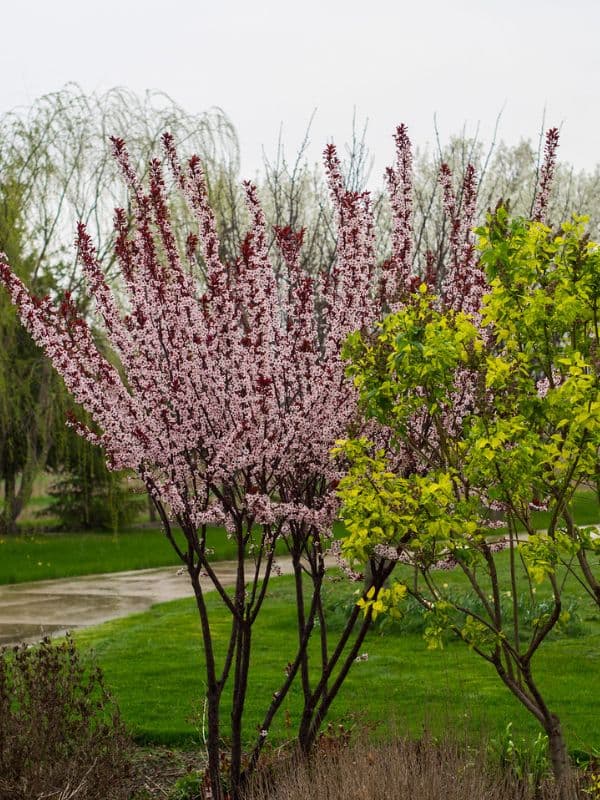
- Common Pests and Plant Diseases
Purple leaf sand cherry is susceptible to pests, including Japanese beetles which can do significant damage to its foliage. Other pests include the peach tree borer, scale, spider mites, aphids, leafhoppers, and tent caterpillars. Keep an eye out for telltale signs of pests, like lacy or hole-ridden leaves and browning or withering foliage.
The shrub is also at risk for several diseases, including honey fungus, leaf curl, cankers, powdery mildew, leaf spot, and bacterial leaf scorch.
Both issues with pests and diseases can cause the plant to experience an abbreviated lifespan of just 10 years or less.
- Common Problems
The stems of the purple leaf sand cherry tend to peel and ooze sap, a trait that is particularly noticeable if the plant develops fissures or cankers. Additionally, its branches are prone to frost cracks. Because of these issues, as well as its susceptibility to pests and diseases, the shrub often has a lifespan of only 10 years, or even less.
III. Uses and Benefits
Prunus cistena is often used as an ornamental shrub, providing visual interest and texture in mixed borders, hedges, or as a specimen plant. Its contrasting foliage makes it an excellent companion for plants with lighter-colored leaves or flowers.
IV. Other Types of Ornamental Cherries
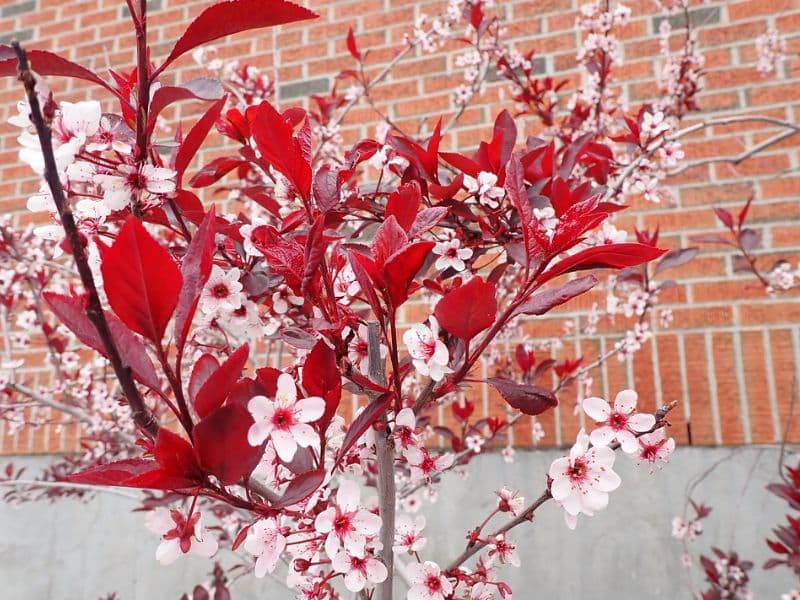
Purple leaf sand cherry is not the only ornamental cherry you can plant in your landscape. Others include:
- Japanese flowering cherry, a small, tidy tree that does not produce fruit
- Weeping cherry, a cascading tree that grows 15 to 25 ft. tall
- Higan cherry, a long-lived easy-care ornamental cherry tree
- Yoshino cherry, an early bloomer with fragrant, almond-scented flowers
Find Where to Buy the Best Purple Leaf Sand Cherry (Prunus x cistena)
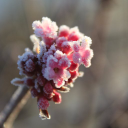
-3200-p.jpg?w=200&h=200&v=4DCF9E89-2575-4891-8240-B22B322D6361)





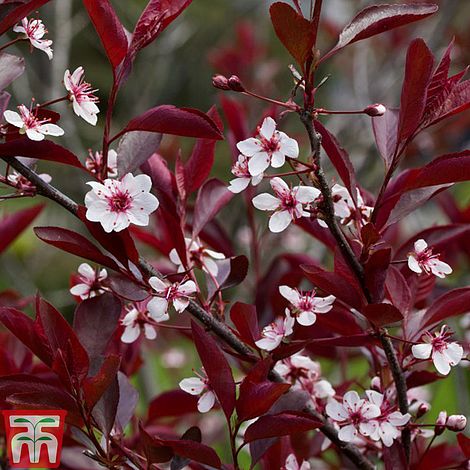

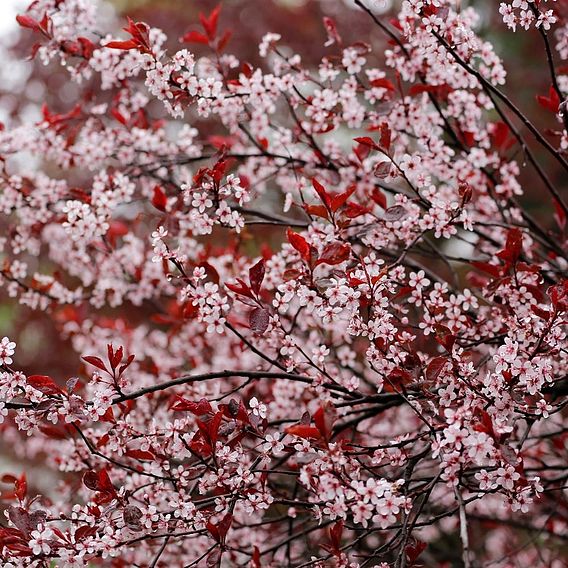
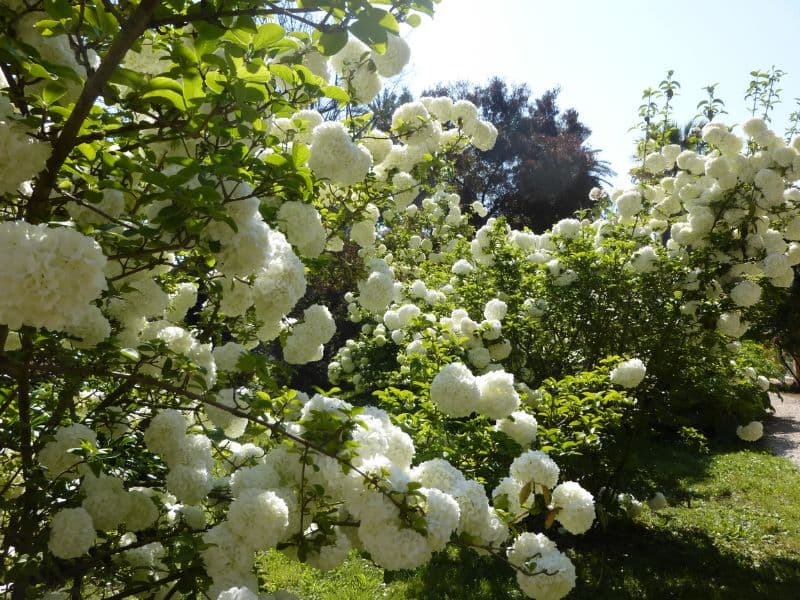
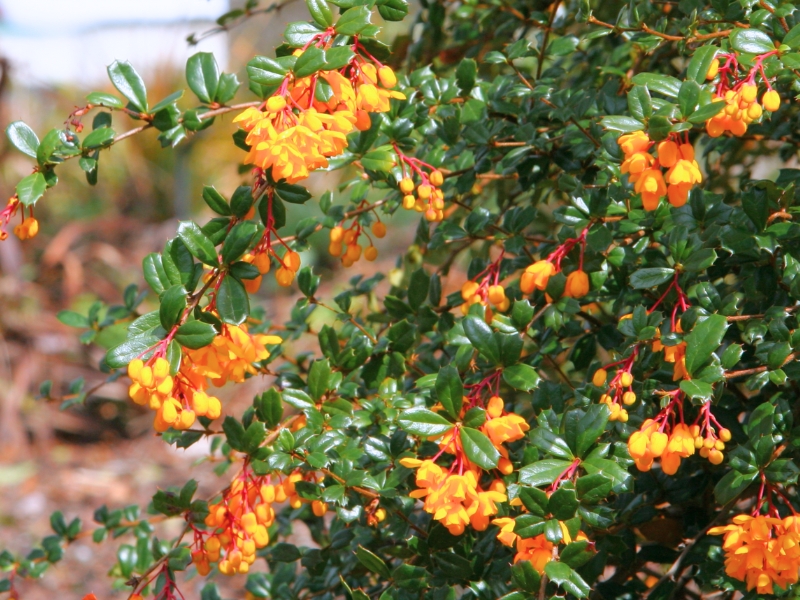
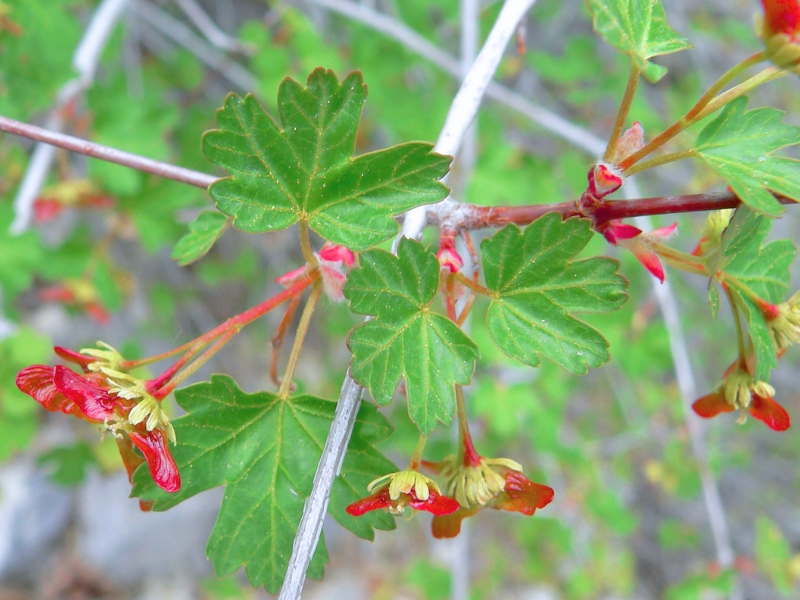
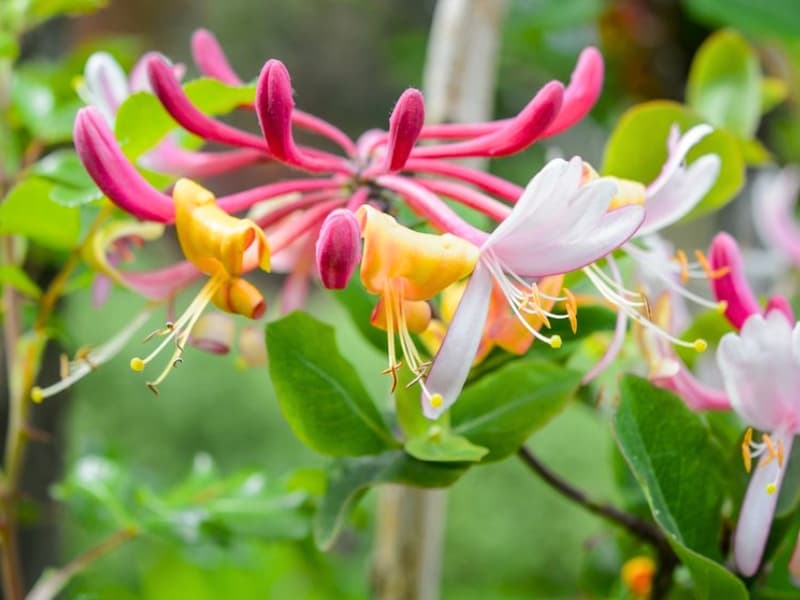
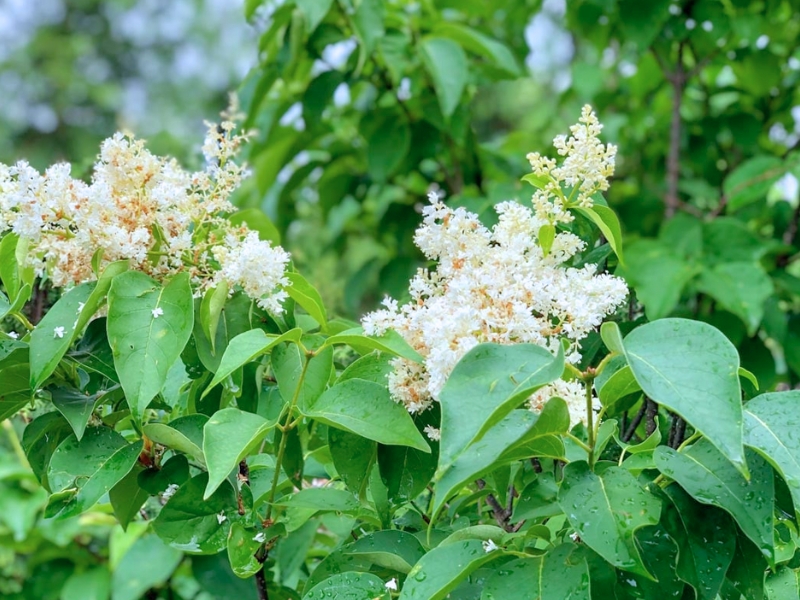
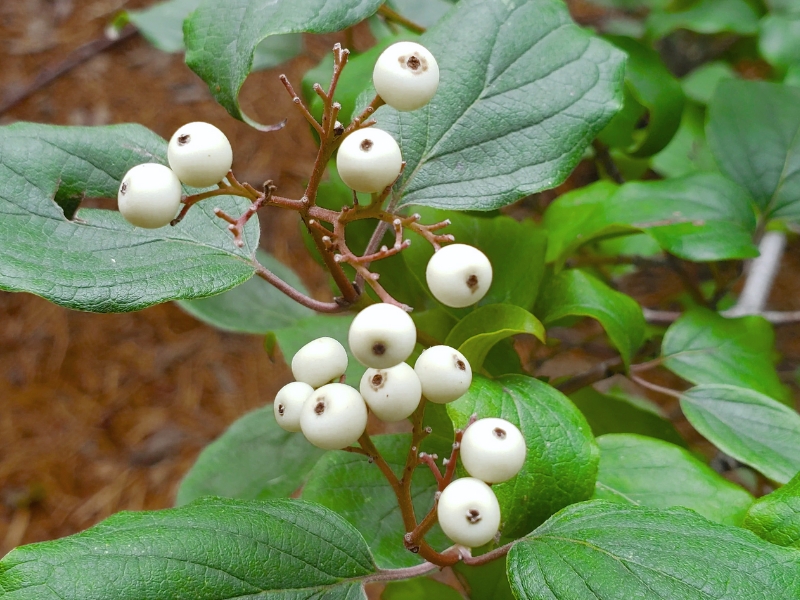
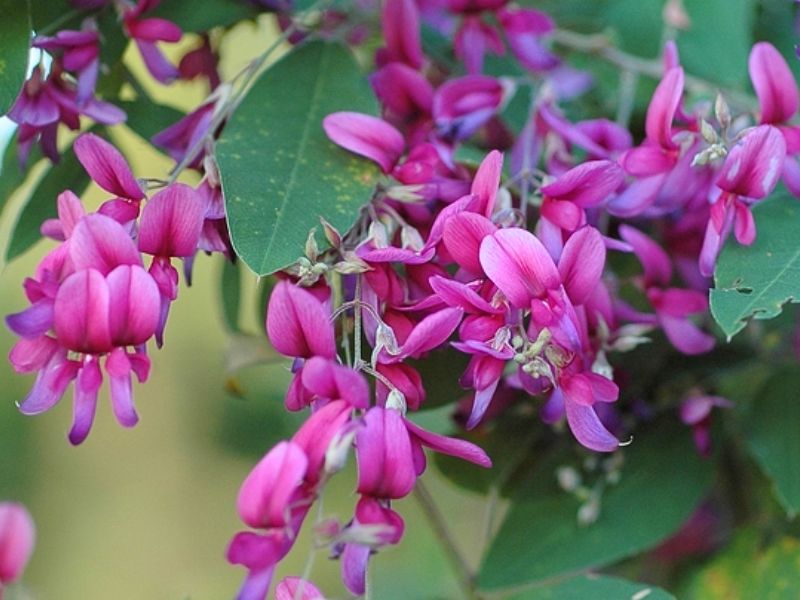
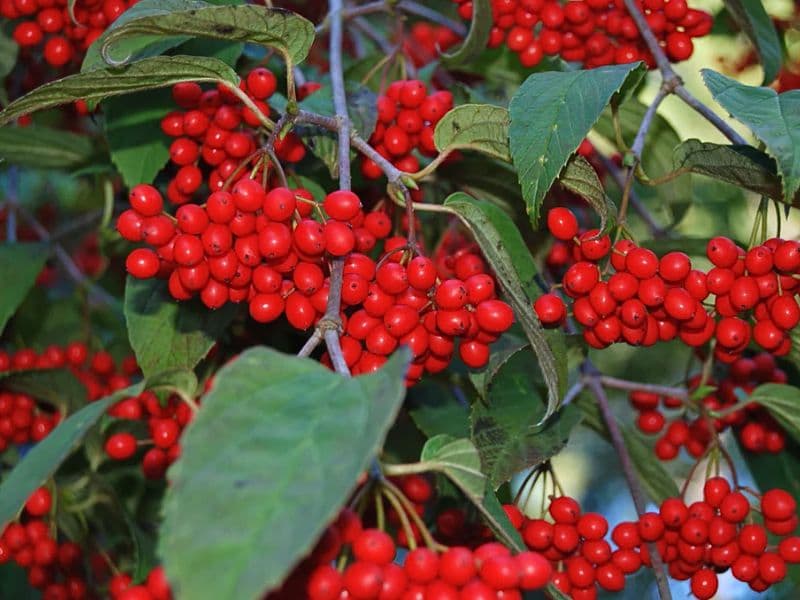
Leave a Reply